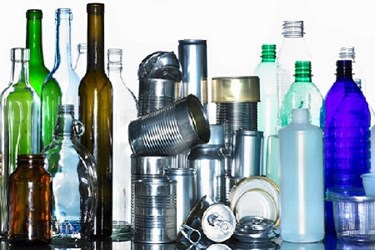The Beverage Packaging Market's Trends And Drivers
By Isaac Fletcher, contributing writer, Food Online

As in many industry sectors, players in the beverage market are always looking for the latest and greatest ways to differentiate products. These innovations often occur in packaging — where they are most readily seen and experienced by consumers
In the competitive and rapidly-evolving beverage market, packaging innovation plays an important role in new product development and branding. As beverage manufacturers and marketers work toward developing products that satisfy regional preferences, the market becomes even more competitive and sophisticated. In all sections of the supply chain — from the manufacturer to the consumer — innovation is necessary to meet ever changing requirements and needs.
Some key notes on the beverage packaging market:
- The market is split relatively evenly between plastic closures, metal closures, and packs with no closures, with plastic showing the largest-growth rate between 2007 and 2012
- Cost saving drives innovation in for the form of light weighting and material reduction
- Rigid plastics have become a preferred choice for manufacturers due to being lightweight and easy-to-handle
- Labels that can withstand 30 or more production life cycles are becoming more prominent in the market, along with labels able to withstand long periods of ice water immersion
Various market issues affect the goals of beverage packaging and the way in which innovation takes place. For example, economically challenging times put pressure on packaging to keep costs low. This is particularly true when it comes to metal packaging where light weighting and material reduction are key forces, not just to reduce costs, but to develop more environmentally friendly products.
Cultivating An Appealing Packaging Operation
Cost reduction and light weighting are not the only factors driving packaging changes. While these are prevalent drivers, manufacturers are becoming increasingly aware of how consumption needs vary by product category and how packaging can best accommodate those needs. Efforts to satisfy various consumer preferences often create opportunities for new formats and innovations, which help manufacturers differentiate products and stay competitive, even in times of economic difficulty.
In regard to product differentiation, manufacturers are finding that consumers are increasingly demanding products with superior shelf appeal, further driving innovation in glass beverage packaging. Some efforts to meet this demand have included new bottle shapes and improved product visibility, such as new labels or more noticeable branding.
